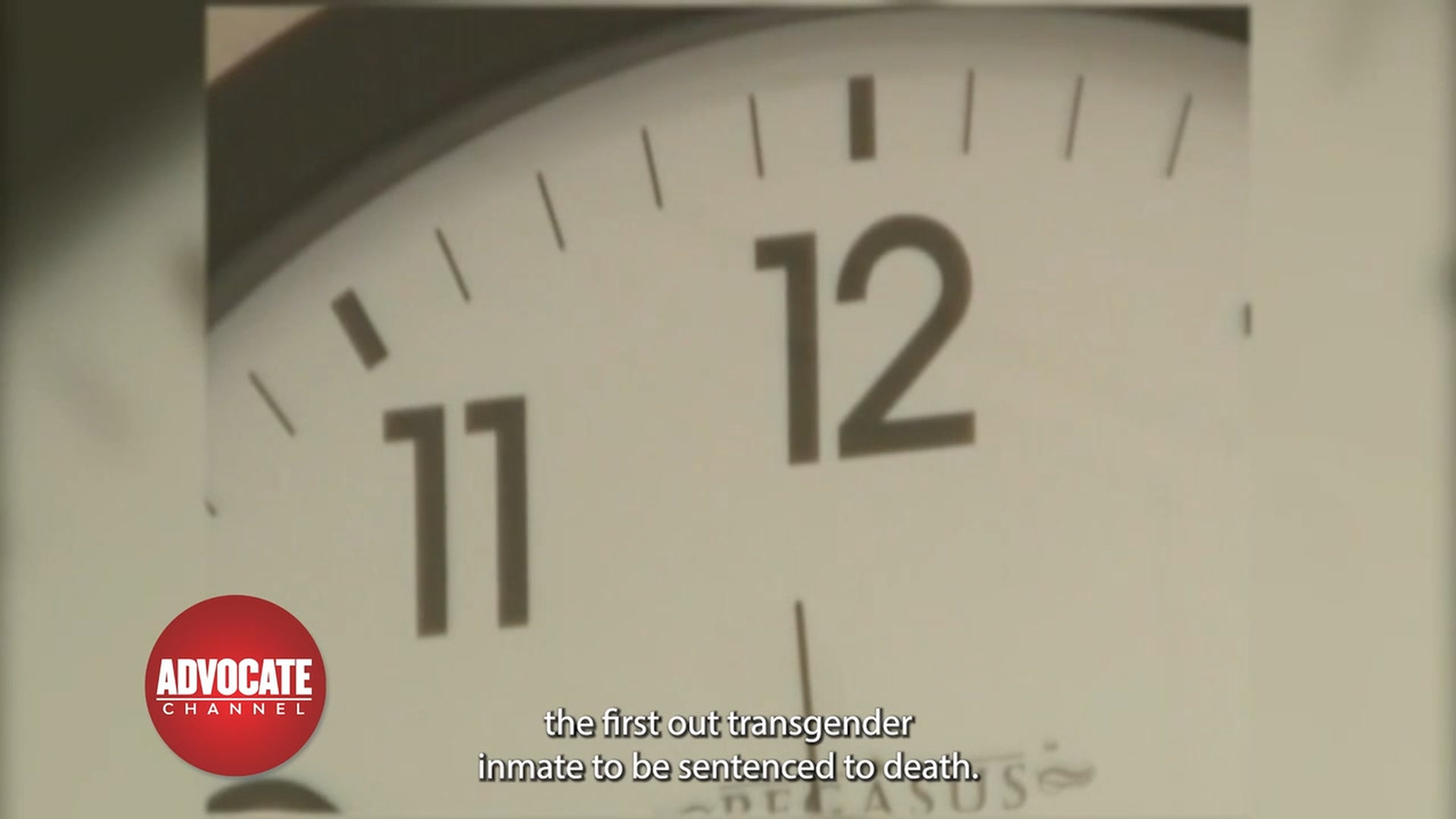
Video Source: Advocate Channel
(CNN) — Since reaching historic highs in the late 1990s and early 2000s, use of the death penalty in America has steadily declined, with a dwindling number of jurisdictions responsible for a growing portion of executions.
While capital punishment remains legal in 27 states and for the federal government – and a majority of US adults say they’re in favor it for convicted murderers – the number of jurisdictions that keep the death penalty on the books versus those that actually use it to punish the so-called “worst of the worst” illustrates critics’ complaints of how arbitrarily it is administered.
Texas alone, for instance, accounts for 37 percent of all executions carried out since 1977 as of October 4, according to a CNN analysis of data from the Death Penalty Information Center, a non-profit that monitors and analyzes information about capital punishment and has been critical of its administration.
Indeed, Texas’ tally of executions in that period – 583 – tops all other states’. Next is Oklahoma, with 122 executions in that period; that state also led the nation in executions per capita as of 2020, per DPIC’s data.
Of the more than 3,100 counties and their equivalents in the United States, just 506 — or 16 percent — have carried out any executions since 1977, the data shows. And most of those have executed just one person in that time.
The handful of counties with the most executions in the last 46 years are concentrated in the southeastern quadrant of the country, mainly in Texas, Oklahoma and Missouri. One county in particular – Texas’ Harris, home to Houston – accounts for 134 executions since 1977, or more than double the number of executions in any other US county.
Two more Texas counties, Dallas and Bexar – which encompasses San Antonio – account for the second- and third-most executions in that timeframe, with 64 and 47 executions, respectively, the data shows.
Among the 27 states that still have the death penalty on the books, though, 14 have not carried out any executions in the past decade, according to CNN’s analysis of DPIC data. It’s been over 30 years since two of those states last executed anyone: Kansas in 1965 and Wyoming in 1992.
These disparities and the broader inconsistencies they illustrate are among key criticisms lodged by death penalty abolitionists and others who say they seek fairer administration of criminal justice: “The most important factor in determining whether the death penalty will be sought is what side of the county line or state line the crime took place,” said Robert Dunham, DPIC’s former executive director who’s now an adjunct professor of death penalty law at Temple University, director of the Death Penalty Policy Project and special counsel at Phillips Black, a nonprofit law firm that specializes in post-conviction legal representation.
“There is no relationship between how bad a murder is and whether a person gets a death sentence, a life sentence or something less,” he said, adding, “Essentially, the death penalty comes down to the whims of the local prosecutor.”
The total number of executions and sentences has dwindled
Executions overall in the US have fluctuated over time, peaking around the turn of the 21st century. Nearly 100 people were executed nationwide in 1999, according to the DPIC, the most in one year on record since 1977 – the year after the US Supreme Court ruled the death penalty constitutional and reinstated its practice after a four-year hiatus.
Decadeslater, in 2019, just 22 people were executed, DPIC’s data shows. And fewer than 20 executions – state and federal – have been recorded for each year since 2020, though those figures were likely impacted by the Covid-19 pandemic, the organization has said.
Federal executions are historically rare. There have been only 16 since 1977 — compared with more than 1,500 state executions — and 13 of them took place between July 2020 and January 2021 in the waning days of the Republican Trump administration. Then-Attorney General William Barr called those executions – the first in some 16 years – an effort to render justice for crime victims and their families.
A federal moratorium on executions was put in place in July 2021 under Attorney General Merrick Garland and Democratic President Joe Biden, who campaigned on abolishing the federal death penalty, which would require an act of Congress. But few, if any, steps have been taken to that end, and an execution moratorium does not prevent prosecutors from pursuing death sentences: For example, a federal jury in August sentenced to death the gunman who killed 11 worshippers in 2018 at a Pittsburgh synagogue.
California, Oregon and Pennsylvania similarly have governor-imposed moratoriums, and Arizona and Ohio have temporarily put executions on hold.
Alongside the drop in executions, the number of new death sentences imposed on capital defendants also has significantly decreased.Those two data points are closely linked, “with new death sentences being a leading indicator and executions being a lagging indicator,” Dunham said.
Death sentences peaked almost four decades ago, in 1986, when 348 capital sentences were handed down. That figure has since dropped precipitously, with 35 death sentences issued in 2019 and just 21 in 2022 – the lowest in 50 years, excluding 2020 and 2021, when court proceedings were heavily affected by the pandemic.
Again, some counties lead the pack. Since 1972, Los Angeles County, California, has sentenced 343 defendants to death – more than any other. Harris County, Texas, has imposed 317 death sentences, the second-most, followed by Maricopa County, Arizona, with 214.
It’s worth noting a majority of Americans continue to support capital punishment. According to Gallup polling, 55 percent of adults last year supported it for convicted murderers – a figure that remained more or less unchanged for six years.
However, when Gallup asked in 2019 whether Americans preferred death or a life sentence without parole, 60 percent chose life and just 36 percent chose death.
Regardless of public opinion, use of capital punishment has significantly diminished in the US in recent decades, with a greater share of its practice carried out by fewer and fewer jurisdictions, the data shows.
That disparity – between how many jurisdictions have the death penalty and how many actively use it – indicates “support for the death penalty appears to be broader than it actually is,” Dunham said. Growing aversion to capital punishment owes, he said, to the “significant flaws in the way it’s administered,” pointing to the risks of wrongful convictions and the potential executions of innocent people.
States also have had trouble in recent years obtaining the drugs necessary for lethal injection, the most common execution method. For example, Republican Gov. Mike DeWine of Ohio instituted an unofficial moratorium on capital punishment in 2020 and has continued to delay executions based on the lack of drugs, saying lawmakers should find another execution method.
Taken together, Dunham said, the data shows that “in most places where there is a death penalty, states are not interested in carrying it out.”
The-CNN-Wire
™ & © 2023 Cable News Network, Inc., a Warner Bros. Discovery Company. All rights reserved.


















































